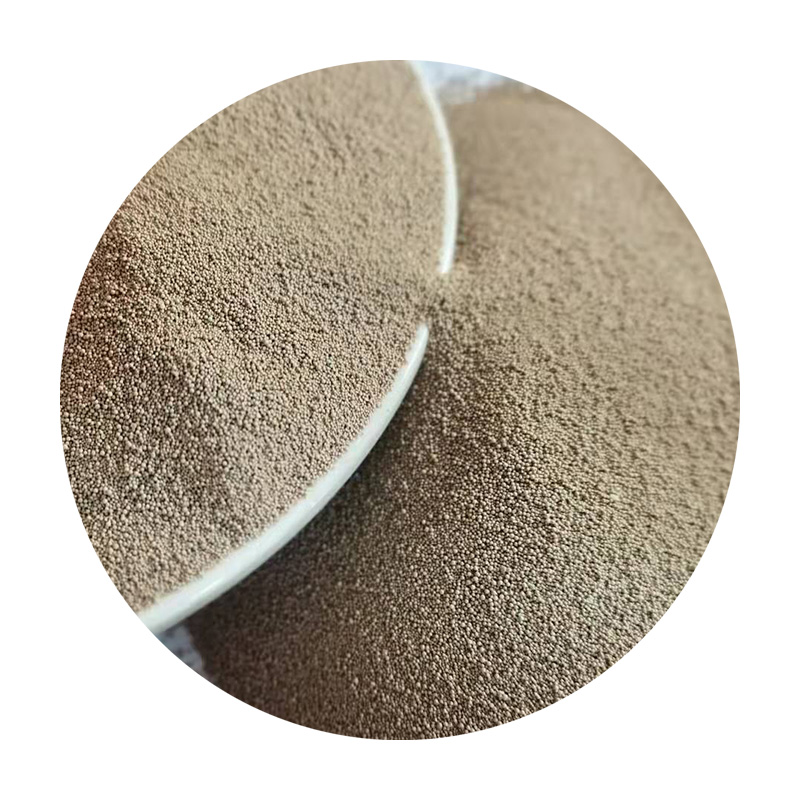Foundry Sand Contamination Causes, Effects, and Solutions
Foundry sand, a critical component in the metal casting industry, plays an essential role in producing high-quality castings. However, the contamination of foundry sand is a significant issue that can adversely affect both the environment and the final products produced. Understanding the causes, effects, and potential solutions to foundry sand contamination is crucial for manufacturers seeking to maintain quality and reduce environmental impacts.
Causes of Contamination
Contamination of foundry sand can occur through several avenues. Firstly, during the molding and casting processes, sand can become contaminated with metal particles, clay, and other impurities. This often happens during the reuse of sand, where spent sand retains remnants of previous molds and core materials. Secondly, improper storage and handling can introduce pollutants from external sources, such as dust, chemicals, or organic matter. Environmental factors, including rain and wind, can also contribute to contamination by depositing unwanted substances onto the sand.
Another significant factor is the use of binders and additives in the molding process. Certain chemical additives used to enhance sand properties can lead to contamination concerns. For instance, some binders release volatile organic compounds (VOCs) which can be harmful to both workers and the environment. If these compounds contaminate the sand, they can not only affect the quality of the casting but also pose health risks.
Effects of Contamination
The implications of contaminated foundry sand are varied and can be severe. One of the immediate effects is the degradation of casting quality. Contaminants can result in defects such as inclusions, reduced strength, and poor surface finishes in the final product, leading to increased scrap rates and production costs. In industries where precision is critical, such as aerospace and automotive manufacturing, even minor contamination can lead to catastrophic failures.
foundry sand contamination

Moreover, the environmental impact of foundry sand contamination cannot be overlooked. If contaminated sand is improperly disposed of, it can leach harmful substances into the soil and waterways. This poses risks not only to local ecosystems but also to human health, as these contaminants can enter drinking water supplies. The long-term effects of environmental contamination can be profound, leading to stringent regulatory challenges for foundry operators.
Solutions to Address Contamination
Addressing foundry sand contamination requires a multifaceted approach. Firstly, implementing rigorous quality control measures in the production process is essential. This includes regular testing of sand for contaminants and developing standard operating procedures for the handling and storage of sand. Advanced filtration and cleaning technologies can also be employed to reclaim contaminated sand, thereby reducing waste and promoting sustainability.
Additionally, the use of environmentally friendly materials, such as chemically stable binders and additives, can significantly lower the risk of contamination. By selecting materials that do not release harmful substances, foundries can protect both their products and the environment.
Education and training of personnel are also crucial. By ensuring that workers understand the importance of maintaining clean processes and the potential consequences of contamination, companies can foster a culture of quality and safety.
In conclusion, while foundry sand contamination presents significant challenges, it is possible to mitigate its effects through careful management and innovative practices. By focusing on prevention, monitoring, and education, the foundry industry can enhance product quality, reduce environmental impact, and ensure a sustainable future. As the demand for high-quality castings continues to grow, addressing this issue will be paramount for manufacturers aiming to stay competitive in an increasingly discerning market.
Post time:ਅਗਃ . 11, 2024 21:44
Next:Exploring the Benefits and Applications of Sand Casting Techniques in Modern Manufacturing Industries
